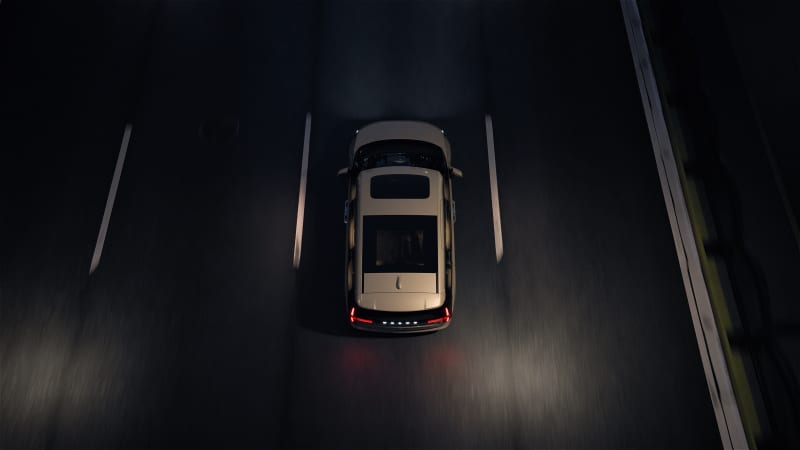The first shipment of the European version of the Zeekr 001 to the Netherlands set sail today, marking the first time a Zeekr model has been exported to an international market.
The post Zeekr sends 1st batch of Zeekr 001 EVs to Europe appeared first on CnEVPost.
For more articles, please visit CnEVPost.

